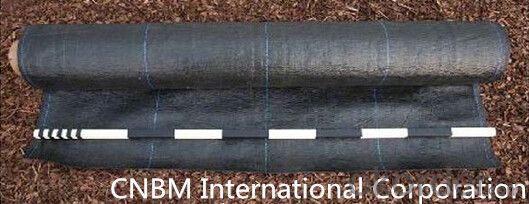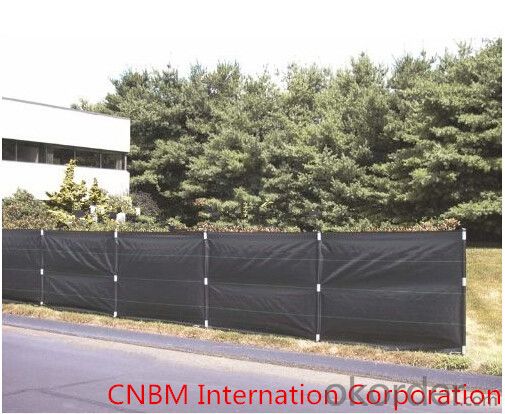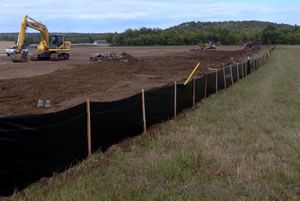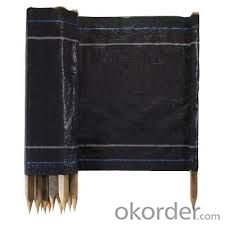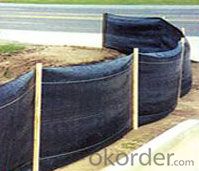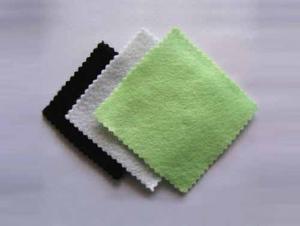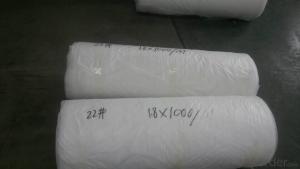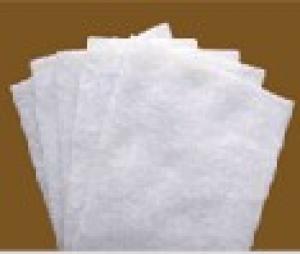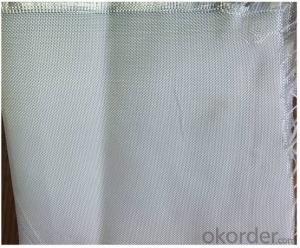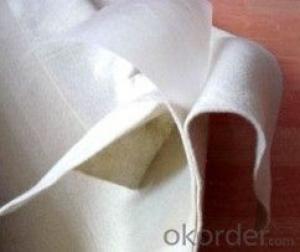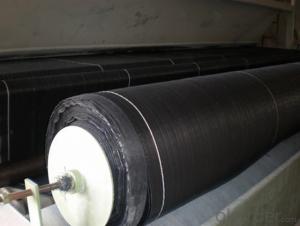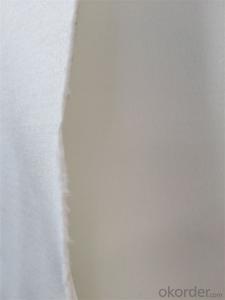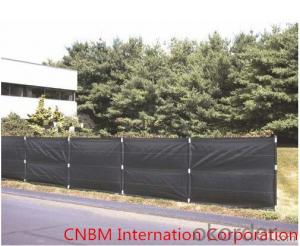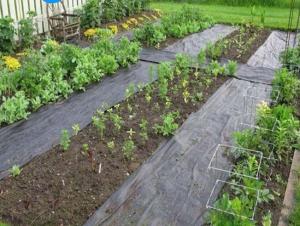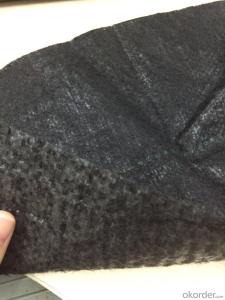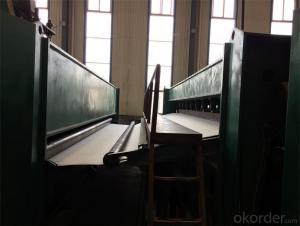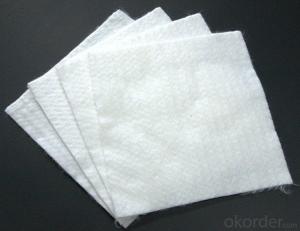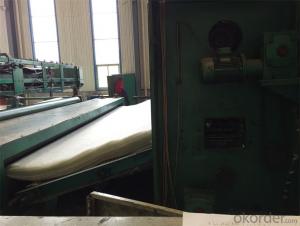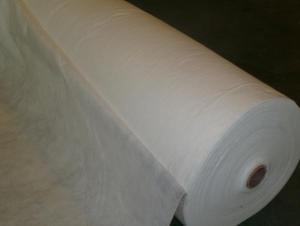Triax Geotextile Silt Fence / Woven Geotextile / Landscape with 100g
- Loading Port:
- Qingdao
- Payment Terms:
- TT OR LC
- Min Order Qty:
- 5000 m²
- Supply Capability:
- 1000000 m²/month
OKorder Service Pledge
OKorder Financial Service
You Might Also Like
Product Description:
1.Landscape Fabric Description:
Landscape fabric, also referred to as a filter fence, is a structure composed primarily of geotechnical fabric and that is used as a form of sediment control.These temporary barriers are relatively low in cost, especially when compared to the damages they can prevent. They keep loose soils from traveling into local bodies of water and they also minimize the impact that various forms of development can have on surrounding wildlife.
2. Landscape Fabric Functions and Features:
1)Excellent weed control
2)Excellent UV resistance
3)Moisture,fertilizers,air reach plants to allow for healthy soil
4)Good water and air permeability
5)Exceptional toughness and strength
6)Durable,tear-resistant,anti-rot and anti-mildew
7)Light weight,easy to install,follows natural ground contours
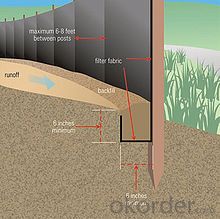
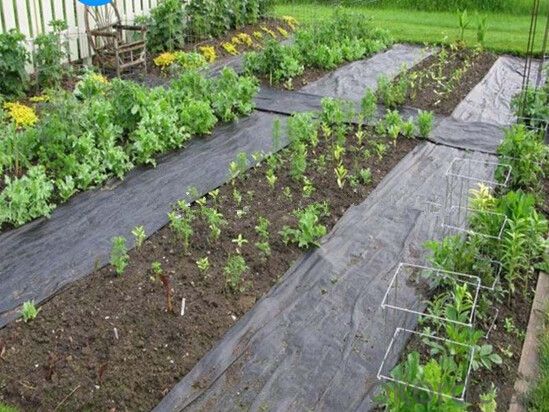
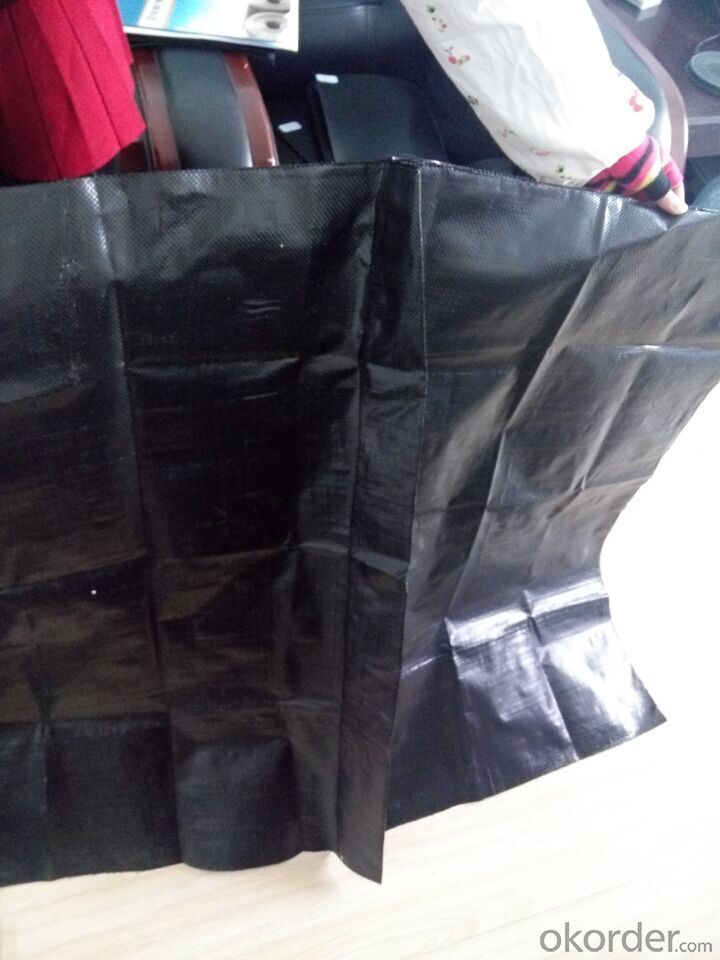

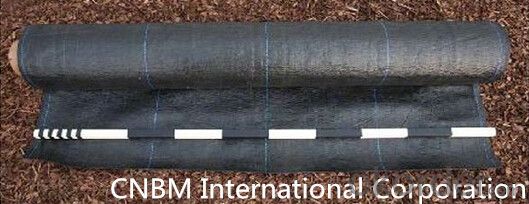
3.. FAQ:
Q1: What is your minimum order quantity?
A:The minimum order quantity is 5000 ,but it is negotiable.
Q2:What is your payment terms?
A: T/T,Western Union,Paypal,L/C...
Q3:What is your delivery time?
A:Production time usually costs 2-20 days.
Waiting to cooperate with you!
- Q: Geotextile manufacturers rely on what to do a hundred years do not rot geotextile
- Because geotextile raw materials are chemical fiber. Huazhi geotextile material answer
- Q: 300g / m2 geotextile package is what it means
- 300g / m2 Geotextile: refers to the weight of 300g per square meter (model) 300g / m2 geotextile package: refers to the outsourcing; with 300g of geotextile to wrap something; for example: With 300g / m2 geotextile wrapped gravel. The
- Q: Can geotextiles be used in tunnel construction?
- Yes, geotextiles can be used in tunnel construction. Geotextiles are often used as a reinforcement material in underground structures like tunnels to provide stability, prevent soil erosion, and improve drainage. They can be used in various applications such as tunnel lining, separation of different soil layers, and filtration of water or gases. Geotextiles offer numerous benefits in tunnel construction, including increased safety, reduced maintenance, and enhanced durability.
- Q: Geotextile, 150g how much money per square meter
- 1.2 to 1.5. See quality requirements. Huazhi geotextile material manufacturers
- Q: Geotextile is used to do anything
- Geotextiles have multiple varieties, there are a variety of uses, different varieties have a different emphasis on different functions. Woven geotextile, or geotextile, can be used for foundation treatment in the reinforcement and isolation and filtration. Non-woven geotextile, mainly used for foundation treatment in the filter and isolation. Can also be used in other projects in the filter. Nonwovens for the example of the filter: now in the municipal engineering around the Yinjing, often because the surrounding groundwater into the Yinjing will take away part of the soil, resulting in the loss of soil around the wells, the results in the perimeter around the wells There is a collapse phenomenon, if the circle around the perimeter of the laying of non-woven geotextile, the side can play a role in filtering, so that groundwater can flow into the Yinjing, but the soil will not lose the purpose of the perimeter around the soil There will be no collapse of the phenomenon.
- Q: How do geotextiles help with ground reinforcement?
- Geotextiles help with ground reinforcement by providing a strong and stable support system. They are typically made of synthetic materials and are placed beneath the ground surface to distribute the load and prevent soil erosion. The geotextiles act as a barrier, allowing water to pass through while retaining soil particles, which helps in maintaining the stability of the ground and preventing any potential damage or failure.
- Q: Geotextile tensile strength of the maximum load is generally how much
- Hello, this depends on the geotextile specifications, different specifications, it is the largest pull up the load is not the same. Huazhi geotextile material manufacturers can not answer for you to ask me
- Q: Can geotextiles be trampled on the ground?
- Trampled on a long time to step on the geotextile will have an impact, geotextile main function is anti-penetration
- Q: Green belt with no cloth a film seepage geotextile cloth how
- The water will be missed, the general green belt does not require the use of two cloth a film, according to design requirements it
- Q: Geotextile price
- 0.7-1.2 yuan if it is 100g words
Send your message to us
Triax Geotextile Silt Fence / Woven Geotextile / Landscape with 100g
- Loading Port:
- Qingdao
- Payment Terms:
- TT OR LC
- Min Order Qty:
- 5000 m²
- Supply Capability:
- 1000000 m²/month
OKorder Service Pledge
OKorder Financial Service
Similar products
Hot products
Hot Searches
Related keywords






